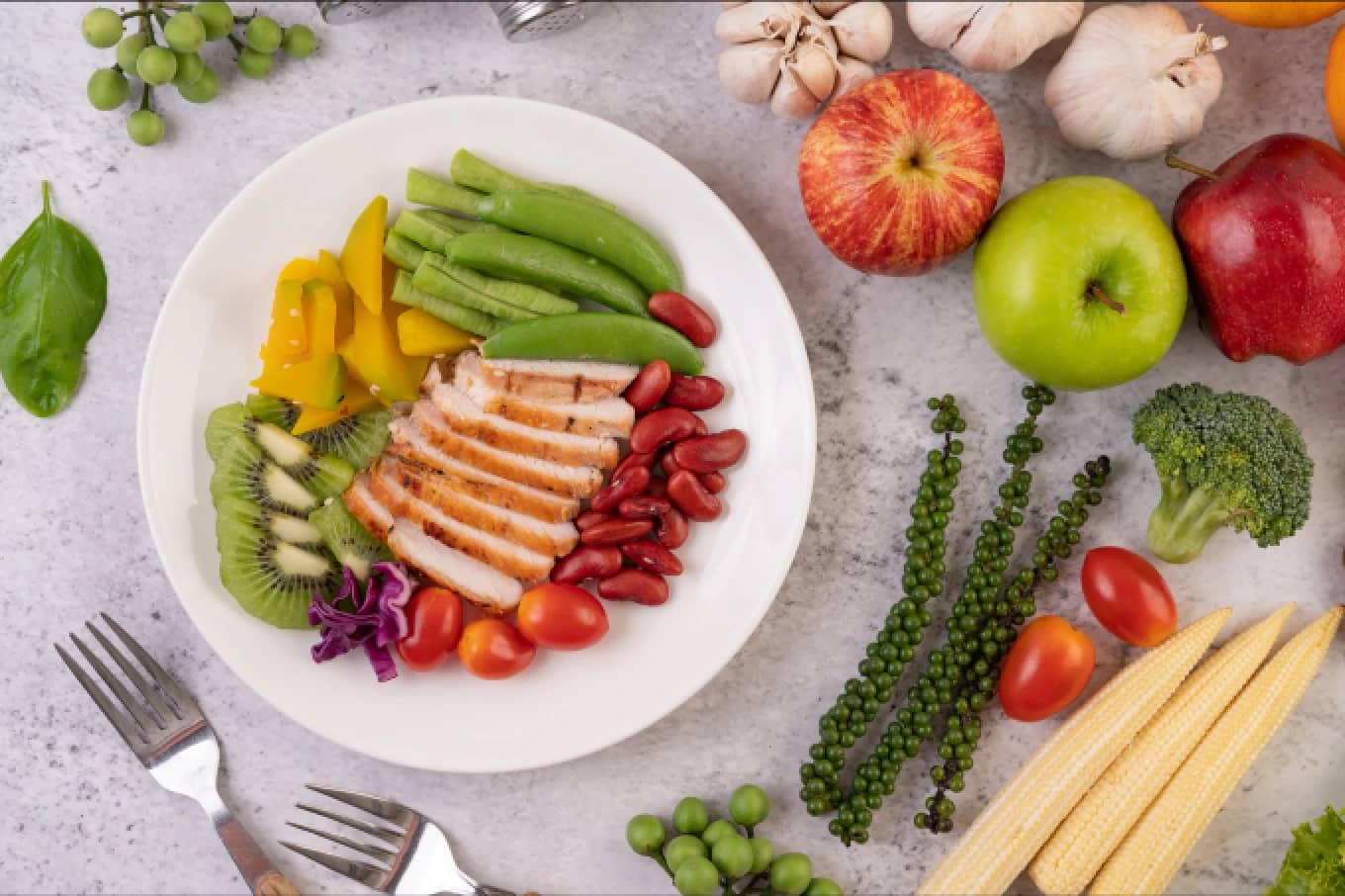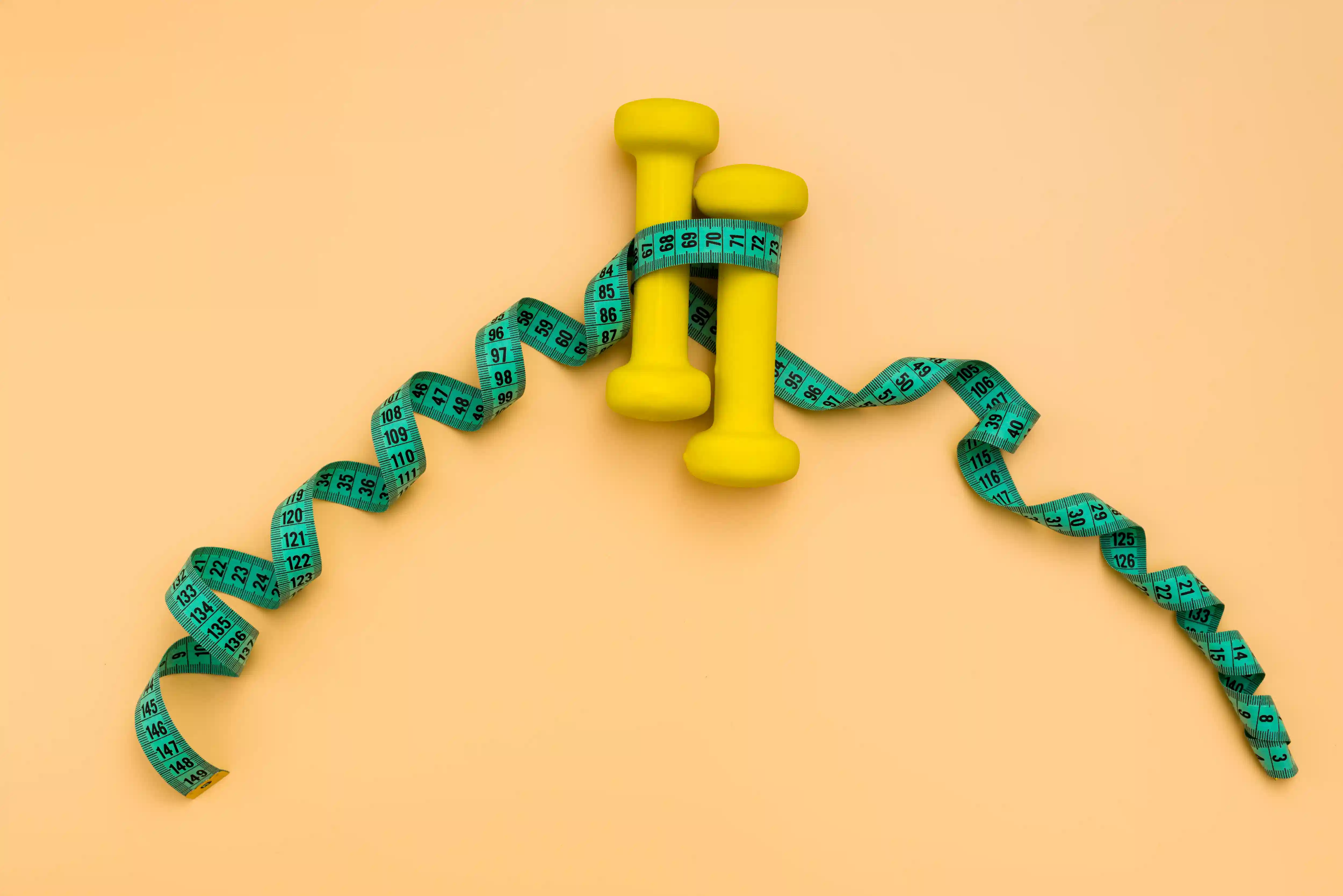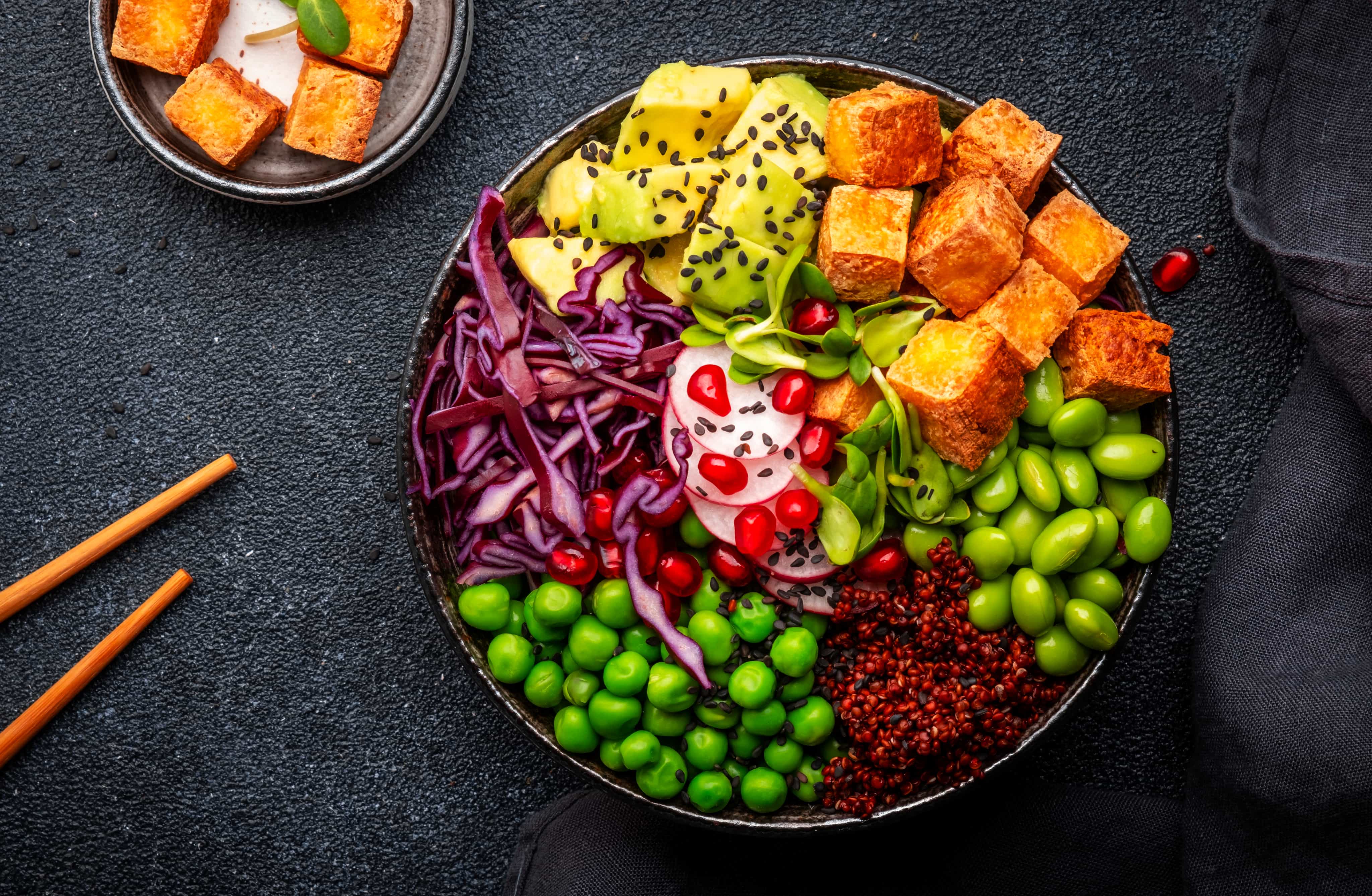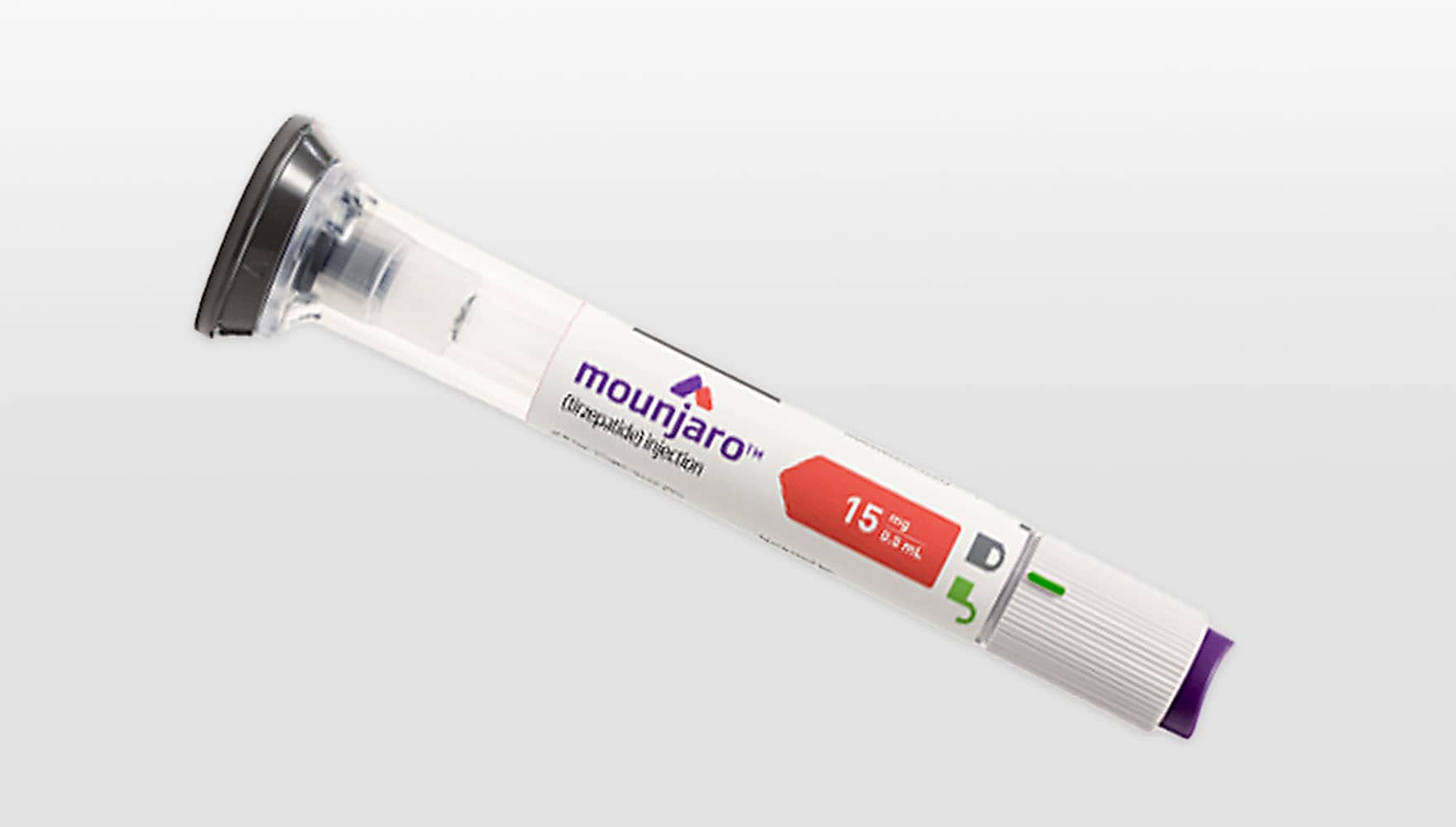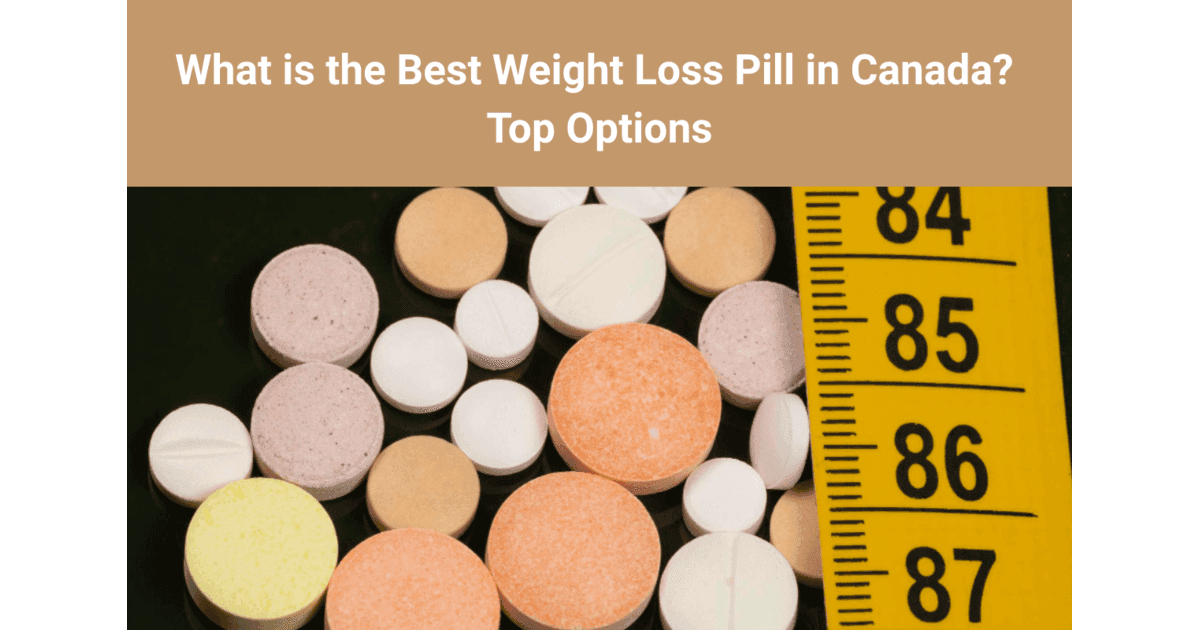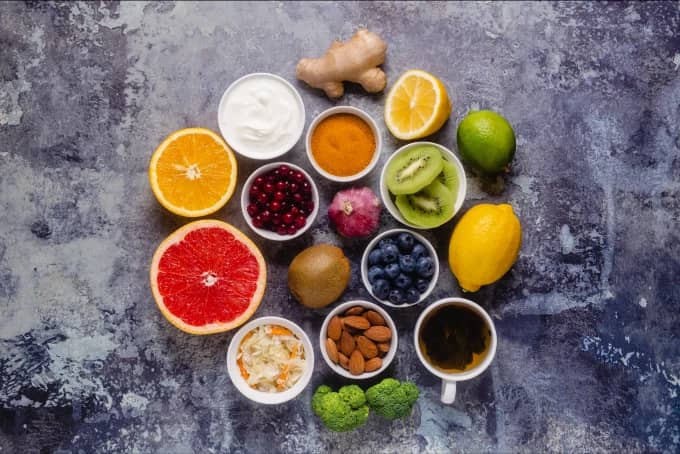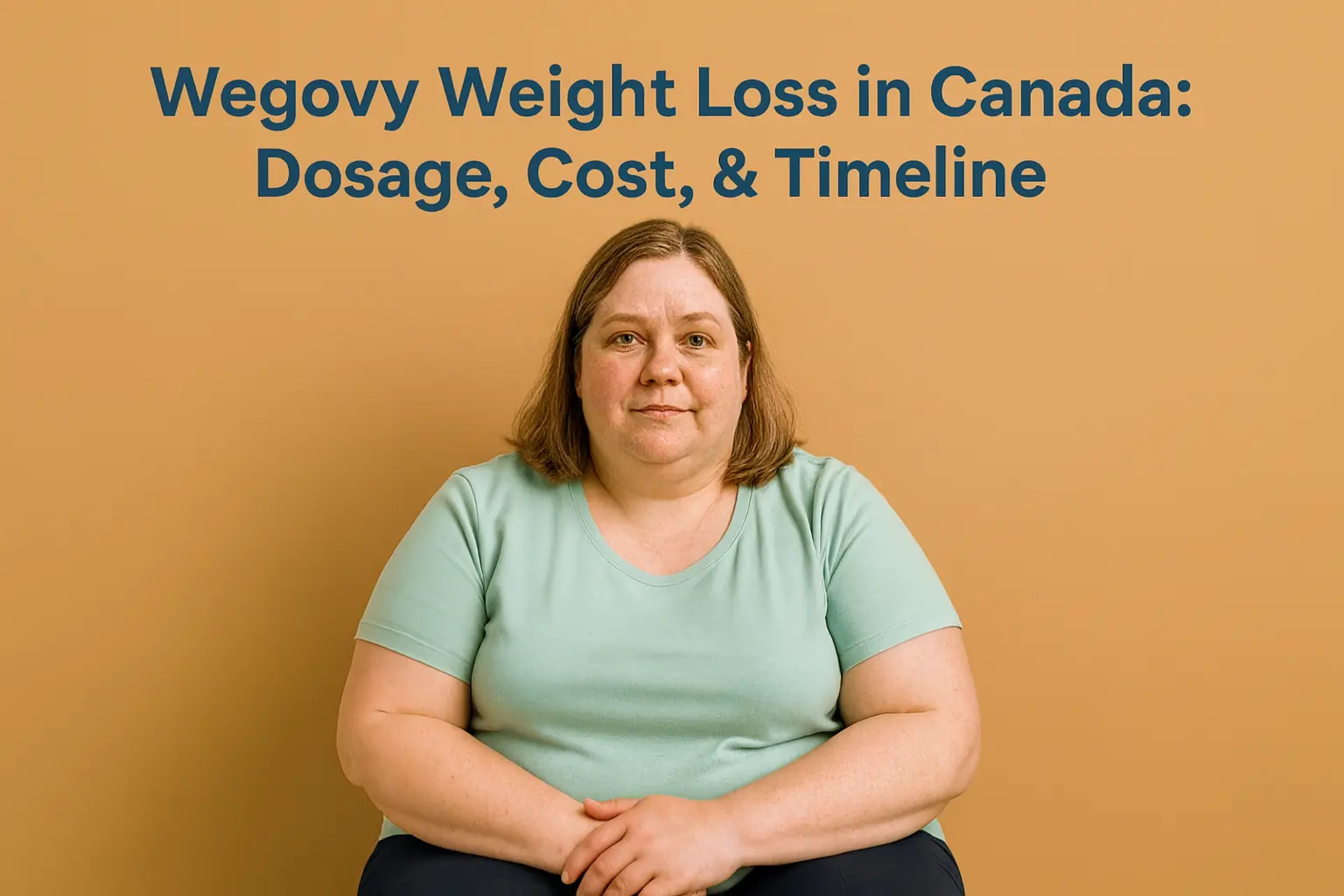Ozempic is widely recognized in Canada as a prescription medication. It helps manage type 2 diabetes, and increasingly, it’s being used under medical guidance to support weight loss. But while Ozempic can play a key role in reducing appetite and improving blood sugar control, it’s not a stand-alone solution. To achieve the best results, your eating habits matter just as much as your weekly injection.
That’s where a thoughtful Ozempic meal plan for weight loss comes in. The right foods can enhance how your body responds to the medication, support steady energy levels, and reduce uncomfortable side effects like nausea. Likewise, certain foods can interfere with your progress or exacerbate side effects.
In this guide, you’ll discover what to eat and what to avoid while taking Ozempic, how to create a balanced, sustainable meal plan, and practical tips to stay consistent without feeling restricted, so you can get the best results from your treatment.
How Ozempic Supports Weight Loss: A Quick Diet Overview

Understanding how Ozempic works and how your diet supports it is key to long-term success with this medication.
What Ozempic Does in the Body?
Ozempic (semaglutide) is a GLP-1 receptor agonist. It mimics a natural hormone that:
- Regulates blood sugar after eating
- Slows digestion, keeping food in your stomach longer
- Reduces appetite and curbs cravings
These effects help reduce calorie intake and promote steady weight loss. That’s why many Canadians now follow an Ozempic meal plan for weight loss under their provider’s supervision.
Why Diet Still Matters? Drag
While Ozempic helps regulate appetite, what you eat still plays a major role in how well the medication works.
A healthy, balanced diet can:
- Improve how your body responds to Ozempic
- Reduce side effects, like nausea or constipation
- Preserve muscle mass during weight loss
- Boost your energy and nutritional intake
In contrast, the foods to avoid when taking Ozempic for weight loss, such as greasy meals, ultra-processed snacks, and excess alcohol, can make symptoms worse and stall progress.
Common Nutrition Concerns with Ozempic
When starting Ozempic, it’s common to experience:
- Nausea, bloating, or digestive upset
- Loss of appetite or reduced meal sizes
- Changes in taste or food tolerance
That’s why a balanced Ozempic meal plan matters, fuel your progress with the right foods and skip the ones that hold you back.
Top Foods to Eat While Taking Ozempic

Building a strong Ozempic meal plan for weight loss means focusing on foods that nourish your body, support digestion, and help you feel full, without triggering unwanted side effects. Here are the best foods to eat on Ozempic for weight loss, based on both nutritional value and how they work alongside GLP-1 drugs.
a) Lean Proteins (Aim for 20–30g per meal) Drag
Start your day or plate with lean proteins like skinless chicken breast, tofu, eggs, low-fat Greek yogurt, white fish, or salmon. A palm-sized serving of chicken or fish (about 3–4 oz) delivers roughly 25–30 grams of protein, an ideal amount per meal for those on a weight loss journey.
Why it matters:
Protein is vital when you’re on Ozempic, as your reduced appetite may cause you to eat less overall. Prioritizing high-quality, lean protein helps:
- Preserve muscle mass while losing fat
- Stabilize blood sugar after meals
- Keep you fuller for longer, curbing unnecessary snacking
Tip: Add a protein source to every meal to support steady energy and minimize cravings throughout the day.
b) Fruits & Vegetables (Aim for 2 cups of veg + 1–2 servings fruit/day)
Focus on low-glycemic fruits like berries, pears, or kiwi, and non-starchy vegetables such as spinach, zucchini, broccoli, or cauliflower. One serving is roughly 1 cup of raw veggies or ½ cup cooked, while 1 medium fruit or ½ cup chopped fruit counts as one fruit serving.
Why it matters:
These foods offer fibre, water, vitamins, and antioxidants while being easy on digestion, essential for managing potential Ozempic side effects like nausea or stomach upset.
Tip: Lightly steam or sauté vegetables to make them easier to digest if you’re early in treatment.
c) High-Fibre Foods (Target 25–30g fibre per day)
Add foods like quinoa, brown rice, oats, lentils, chickpeas, chia seeds, and flaxseeds. For example:
- 1 cup cooked lentils = 15g fibre
- 2 tablespoons chia seeds = 10g fibre
- ½ cup oats = 4g fibre
Why it matters:
Fibre slows digestion, amplifying Ozempic’s appetite-suppressing effects, while also supporting gut health and reducing blood sugar spikes.
Tip: Gradually increase fibre and drink more water to avoid bloating.
d) Healthy Fats (Limit to 2–3 servings per day)
Incorporate fats from olive oil, avocados, chia seeds, walnuts, and fatty fish like salmon. One tablespoon of olive oil or one-quarter avocado equals one serving.
Why it matters:
Healthy fats enhance nutrient absorption and promote fullness without the negative effects of greasy foods. They also support brain and heart health, which is especially important for individuals with diabetes mellitus or cardiovascular disease risk.
Tip: Top salads with avocado or drizzle olive oil on roasted veggies.
e) Dairy & Calcium-Rich Foods (Aim for 2–3 servings daily)
Choose plain Greek yogurt, low-fat cheese, or fortified plant milks like almond or oat milk. One serving = ¾ cup yogurt or 1 cup plant-based milk.
Why it matters:
Reduced food intake on Ozempic can lower your calcium intake. These foods also provide protein, vitamin D, and gut-friendly probiotics, supporting both bone and digestive health.
Tip: Opt for lactose-free or fermented dairy (like kefir) if you’re sensitive.
f) Fermented Foods (Start with 2–3 tablespoons per day)
Include small servings of kimchi, sauerkraut, kefir, or unsweetened yogurt with live cultures in your meals. Start with 2 tablespoons per day and gradually build up as tolerated.
Why it matters:
Your gut plays a big role in how you respond to weight loss medications. Fermented foods can reduce bloating, constipation, and improve nutrient absorption, common concerns when starting Ozempic.
Tip: Add sauerkraut to your grain bowl or enjoy kefir as a snack to gently boost gut health.
Foods to Avoid (or Limit) on Ozempic
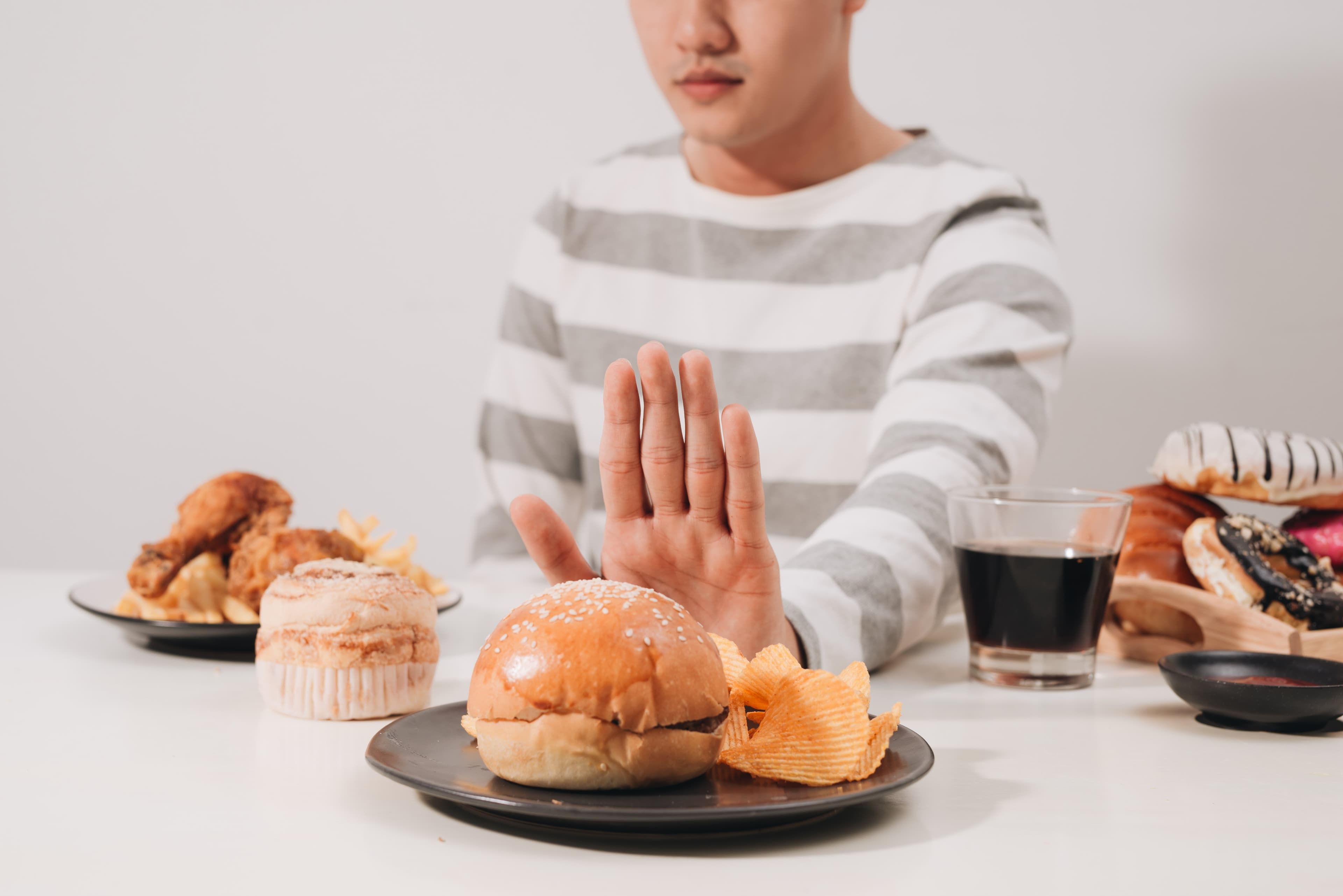
While the best foods to eat while on Ozempic for weight loss can enhance your body's response to the medication, avoiding certain foods is equally important. Some foods can worsen side effects, interfere with blood sugar control, or reduce the effectiveness of your treatment.
Here are the most common foods to avoid when taking Ozempic for weight loss:
a) High-Fat, Greasy Foods That Can Worsen Nausea
Ozempic slows down digestion to help you feel fuller longer, but that also means rich, fatty meals can linger in your stomach and increase discomfort.
Avoid or limit:
- Fried chicken or fish
- Heavy cream-based sauces
- Deep-fried appetizers
- Fast food burgers or poutine
These can trigger nausea, bloating, or indigestion, especially in the early stages of your Ozempic meal plan for weight loss.
b) Ultra-Processed Foods That Spike Blood Sugar
Ultra-processed foods often contain hidden sugars, excess sodium, and refined carbs, none of which support weight loss or blood sugar control.
Limit consumption of:
- Potato chips and crackers
- Packaged baked goods and cookies
- Sugary granola bars or cereals
- Microwaveable frozen meals
These foods offer little nutritional value and can lead to fluctuations in blood sugar, undermining your efforts.
Health Canada’s Healthy Eating Strategy recommends reducing intake of processed foods and sugary beverages to support metabolic health.
c) Alcohol: What to Know When Drinking with Ozempic
While moderate alcohol may not be strictly off-limits, drinking while on Ozempic requires caution.
Risks include:
- Dehydration (which can worsen Ozempic side effects)
- Blood sugar fluctuations (especially for those with diabetes)
- Increased sensitivity to alcohol due to slower gastric emptying
If you do choose to drink, stick to Canadian low-risk drinking guidelines and always consult your healthcare provider.
d) Starchy Vegetables: Eat in Moderation Drag
While vegetables are an important part of any Ozempic meal plan for weight loss, some starchy types are higher in carbohydrates and can affect blood sugar levels if consumed in large amounts.
Eat smaller portions of:
- Potatoes
- Corn
- Peas
- Parsnips
Instead, opt for non-starchy alternatives, such as leafy greens, bell peppers, and zucchini. When including starchy vegetables, balance them with protein and fibre to slow digestion and improve blood sugar control.
Age-Specific Diet Tips While on Ozempic
No two bodies are the same, and that includes how different age groups respond to weight loss, medications, and nutrition. When creating an Ozempic meal plan for weight loss, it’s helpful to tailor your food choices to your age and evolving health needs. Here's how to adapt your approach at every stage of life.
a) In Your 30s: Building Habits That Stick
Your 30s are an ideal time to build sustainable eating habits that will support long-term health and weight management.
Focus on:
- Balanced meals that combine protein, complex carbs, and healthy fats
- Managing stress-related or emotional eating
- Staying consistent with meal timing to curb cravings
This is also a good time to start tracking your body’s response to Ozempic and using those insights to fine-tune your diet.
b) In Your 40s: Supporting Hormonal and Metabolic Shifts
In your 40s, hormonal changes, particularly for women, can impact metabolism, energy levels, and how your body stores fat.
Support your Ozempic meal plan for weight loss by:
- Increasing your intake of lean protein to preserve muscle
- Prioritizing fibre-rich foods like legumes, vegetables, and oats
- Reducing saturated fat to support heart health
Meal planning in this decade should also aim to manage cholesterol and blood pressure more proactively.
c) In Your 50s: Managing Blood Sugar and Muscle Loss
Your 50s often bring a higher risk of prediabetes or type 2 diabetes, as well as natural muscle loss (sarcopenia). Ozempic can help regulate blood sugar, but your diet plays a major role.
Make these part of your plan:
- Calcium-rich foods (dairy, fortified plant-based milks) to protect bone health
- Vitamin D through diet or supplements, especially in Canadian winters
- Strength-focused nutrition: more protein, omega-3s, and whole grains
This decade is about preserving what you have, not just shedding pounds.
d) In Your 60s and Beyond: Gentle Nutrition for Long-Term Health
In later years, appetite may decline, and digestion can become more sensitive to certain foods. A smart Ozempic meal plan for weight loss in your 60s should emphasize ease, safety, and hydration.
Helpful changes include:
- Eating smaller, more frequent meals to avoid blood sugar dips
- Choosing soft, nutrient-dense foods that are easy to chew and digest
- Drinking water regularly to prevent dehydration, a common concern for older adults taking Ozempic
Tip: Keep high-fibre, easy-to-digest foods like stewed fruit, soups, and smoothies on hand.
Sample Ozempic-Friendly Daily Meal Plan
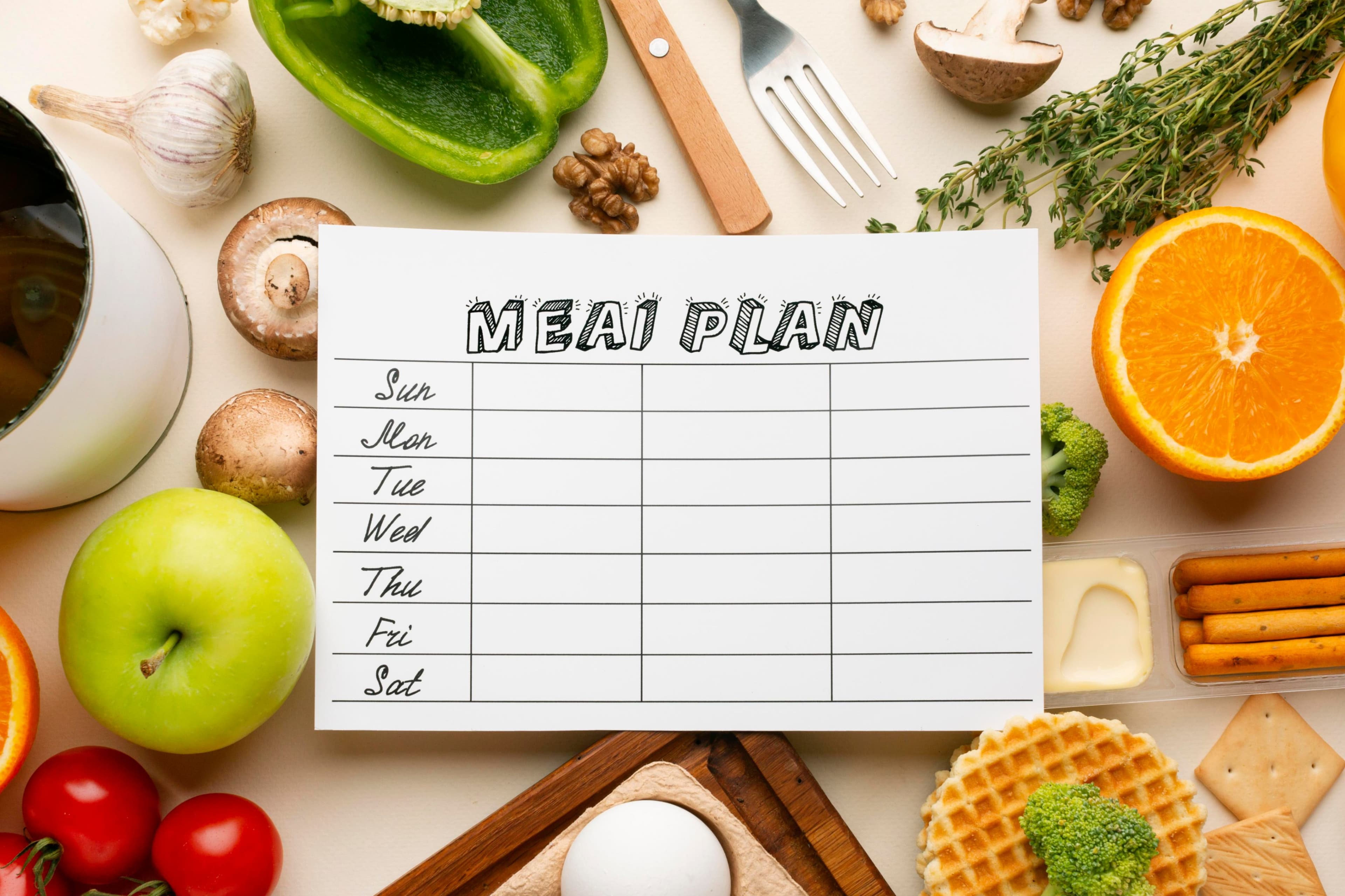
On Ozempic? Smaller portions mean every bite counts. Here’s a one-day meal plan with the best foods to eat while on Ozempic for weight loss, minus the common triggers.
Breakfast
Oatmeal with greek yogurt and berries
- ½ cup steel-cut oats (cooked)
- ¼ cup plain Greek yogurt
- ½ cup fresh berries (blueberries or raspberries)
- 1 tsp chia seeds
Drizzle of unsweetened almond milk
Why it works: Rich in fibre and protein, this combination keeps you fuller for longer and supports digestive health, a top priority when using Ozempic.
Lunch
Grilled chicken salad with olive oil dressing
- 4 oz grilled chicken breast
- Mixed greens (spinach, arugula, romaine)
- ¼ avocado, sliced
- Cherry tomatoes, cucumber, and shredded carrots
- Dressing: 1 tbsp olive oil + lemon juice
Why it works: Lean protein + healthy fats + fibre = a filling, blood sugar-friendly meal, plus, it’s easy on the stomach.
Snack (Mid-Afternoon)
Hard-boiled egg + apple slices with almond butter
- 1 hard-boiled egg
- ½ apple (sliced)
1 tbsp natural almond butter (no added sugar)
Why it works: A mix of protein, fat, and fibre helps stabilize blood sugar and reduces hunger between meals.
Dinner
Baked salmon with quinoa and roasted vegetables
- 4 oz salmon fillet (seasoned with herbs and lemon)
- ½ cup cooked quinoa
- Roasted zucchini, bell peppers, and broccoli (drizzled with olive oil)
Why it works: Salmon provides omega-3 fatty acids to support heart health, while quinoa and veggies offer slow-digesting carbs and fibre.
Optional Evening Snack (If Needed)
Plain kefir or a small handful of walnuts
- ¾ cup plain kefir (probiotic boost)
or
- 8–10 raw walnuts
Why it works: Light, low-carb, and easy to digest, ideal if you experience nighttime nausea or reduced appetite on Ozempic.
Pair your prescription with smarter meals.
Why DooÜ Is the Smarter Way to Start Your Ozempic Journey?
When it comes to weight loss, the right support makes all the difference, and that’s exactly what DooÜ provides. Thousands of Canadians are turning to DooÜ for safe, fast, and doctor-led access to prescription medications like Ozempic.
With no in-person visits, no lab work, and no waiting weeks for answers, DooÜ makes it easy to take control of your health from the comfort of your home. You can get started in just a few minutes, and within 48 hours, a Canadian doctor will review your information and create a personalized treatment plan tailored to your goals.
Whether you're just beginning your Ozempic meal plan for weight loss or looking for ongoing support, DooÜ ensures your journey is simple, medically sound, and fully customized.
Frequently Asked Questions
How can I maximize weight loss results with Ozempic?
Try to pair regular exercise with eating smaller meals throughout the day. This will help you stick to your healthy diet and reach your weight loss goals. When you stay steady with your food choices and physical activity, you get the most out of Ozempic for weight loss.
Can Ozempic interact with other medications or supplements?
Yes, the active ingredient in Ozempic may mix with some diabetes medications and supplements. You should discuss the risks with your healthcare provider. This can help stop side effects or problems with your other treatments.
Is it necessary to consult a dietitian when starting Ozempic?
Consulting with a registered dietitian is a good idea if you want personalized advice that aligns with your diet plan, eating habits, and health goals. The dietitian can provide you with tips to maximize the benefits of using Ozempic and help you manage its side effects more effectively.
What are the 6-week Ozempic weight loss plan's results?
In six weeks, many patients experience early signs of sustainable weight loss—often 5–10 lbs—especially when paired with healthy eating patterns and lifestyle changes. The effects of Ozempic include delayed stomach emptying and increased feelings of fullness, helping reduce daily calories and control food noise for more successful weight loss.
How much weight can you lose in a month with Ozempic?
On average, users may lose 4–6 lbs in one month on an Ozempic diet plan, depending on protein intake, complex carbohydrates, and strength training habits. Limiting sugary foods, prioritizing unsaturated fats, and eating nutritious foods like cottage cheese can boost health benefits and minimize the most common side effects such as upset stomach or stomach pain.








